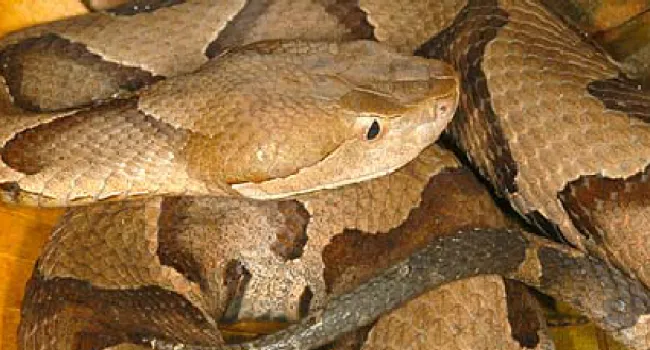
Photo
(Agkistrodon contortrix) The copperhead is the primary poisonous snake in the cove forest. The pit located on each side of the head between the eye and the nasal opening is a heat sensor. The prey...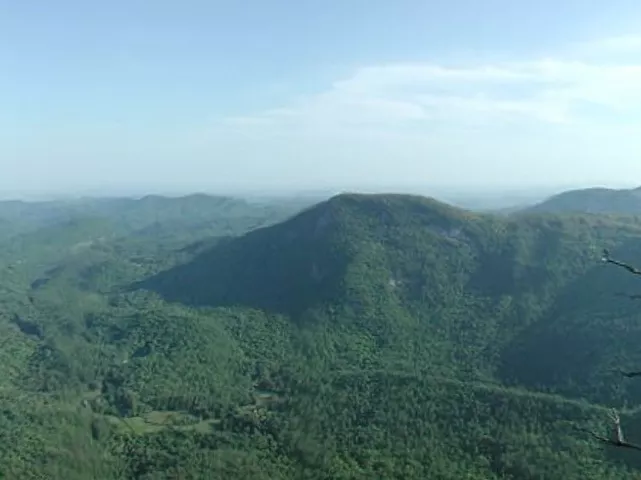
Cove forests are unique ecosystems found exclusively in North America, in the southern Appalachian Mountains of the United States. They are a special type of forest known as mixed deciduous, meaning that forest's trees lose their leaves in fall. Cove forests are restricted to mountain "coves," which are bowl-shaped valleys with very rich, fertile, damp soil. Many cove forests have streams wandering through part of the forest. The cove forests of the South exhibit the greatest plant and tree diversity of any forests in the United States.
The cove forests of South Carolina are restricted to the northwest portion of the state, extending from the north of Westminster to north of Greenville, Jones Gap State Park, Table Rock State Park, Oconee State Park, and Caesars Head State Park all contain cove forest communities. For more information, view the credits or find out how to plan a trip to a cove forest.
---
PLEASE NOTE:

Photo
(Agkistrodon contortrix) The copperhead is the primary poisonous snake in the cove forest. The pit located on each side of the head between the eye and the nasal opening is a heat sensor. The prey...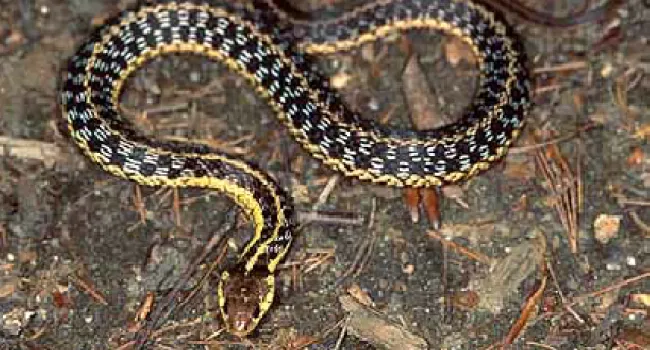
Photo
(Thamnophis sirtalis) This snake has a wide geographic range and is the only snake that extends its range into the northern reaches of Canada. Frogs and salamanders are the primary prey of the garter...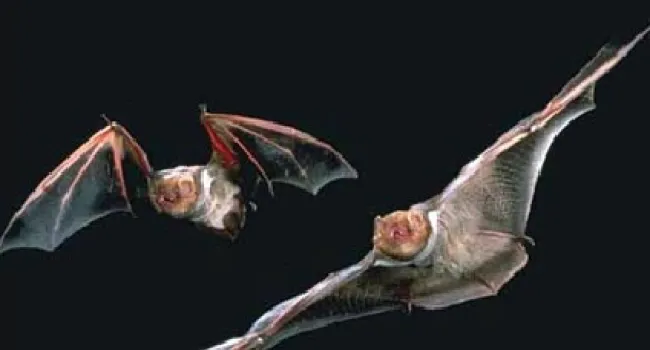
Photo
(Lasiurus borealis) This bat is one of the most beautiful bats in the US. Red bats roost in trees and shrubs during the day. Moths are one of their preferred prey items.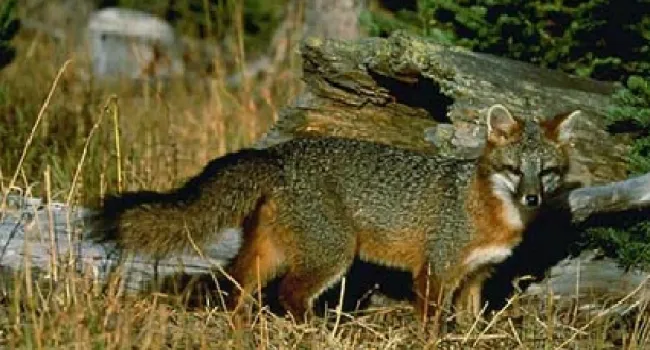
Photo
(Urocyon cinereoargneteus) This fox is widely distributed and associated with decidous forests. The gray fox is an omnivore and will eat fruit, insects and small mammal prey items. This is the only...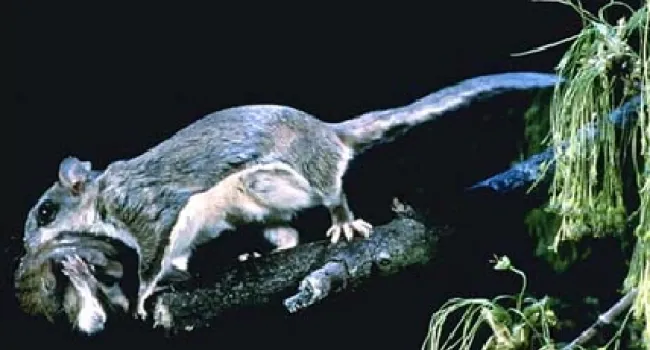
Photo
(Glaucomys volans) This squirrel is one of the most common squirrels in the cove forests. Few are seen since they are strictly nocturnal. The flying squirrel does not fly, rather it glides by using...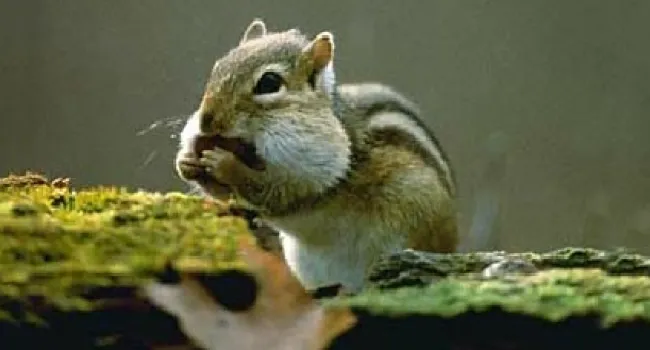
Photo
(Tamias striatus) This ground squirrel is a burrowing mammal but is adept at climbing through trees. Nuts and seeds are the primary food sources; however, flowers, leaves, fungi and small amphibians...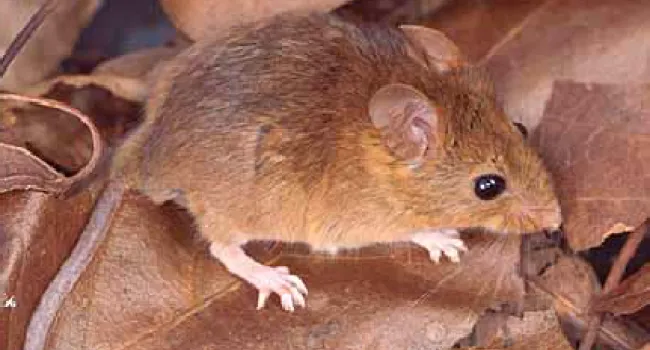
Photo
(Ochrotomys nuttali) This rodent is one of the most beautiful of our native mice. A light to brilliant orange-gold fur is characterstic of the adults. This mouse uses shrubs and vines as a serial...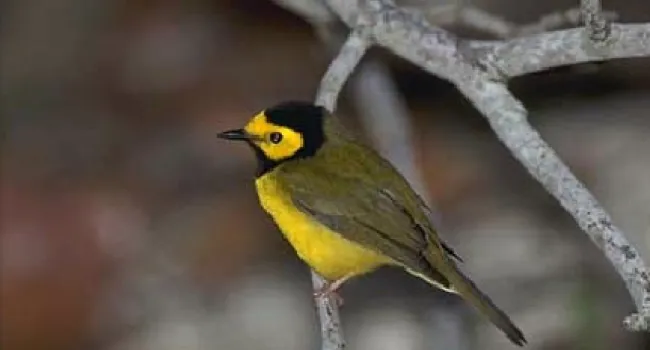
Photo
(Wilsonia citrina) These warblers are common in the moist hardwood forests of the southeast. Their feeding activity is usually concentrated in the understory bushes. They consume insects on the ground...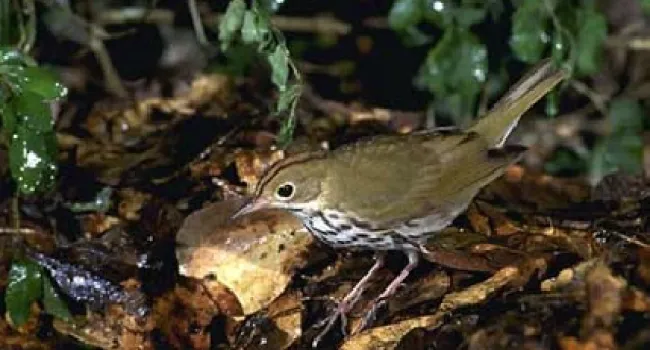
Photo
(Seiurus aurocapillus) This bird requires mature hardwood forests for successful breeding. Often observed walking on the leaf litter of the forest floor searching for insects. Its call is heard as a...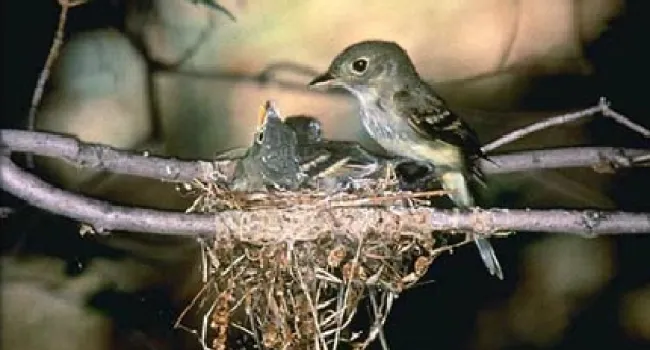
Photo
(Empidonax virescens) This flycatcher prefers deciduous forests that are associated with relatively moist habitats such as those found along rivers. High affinity for sites with high shrub densities...